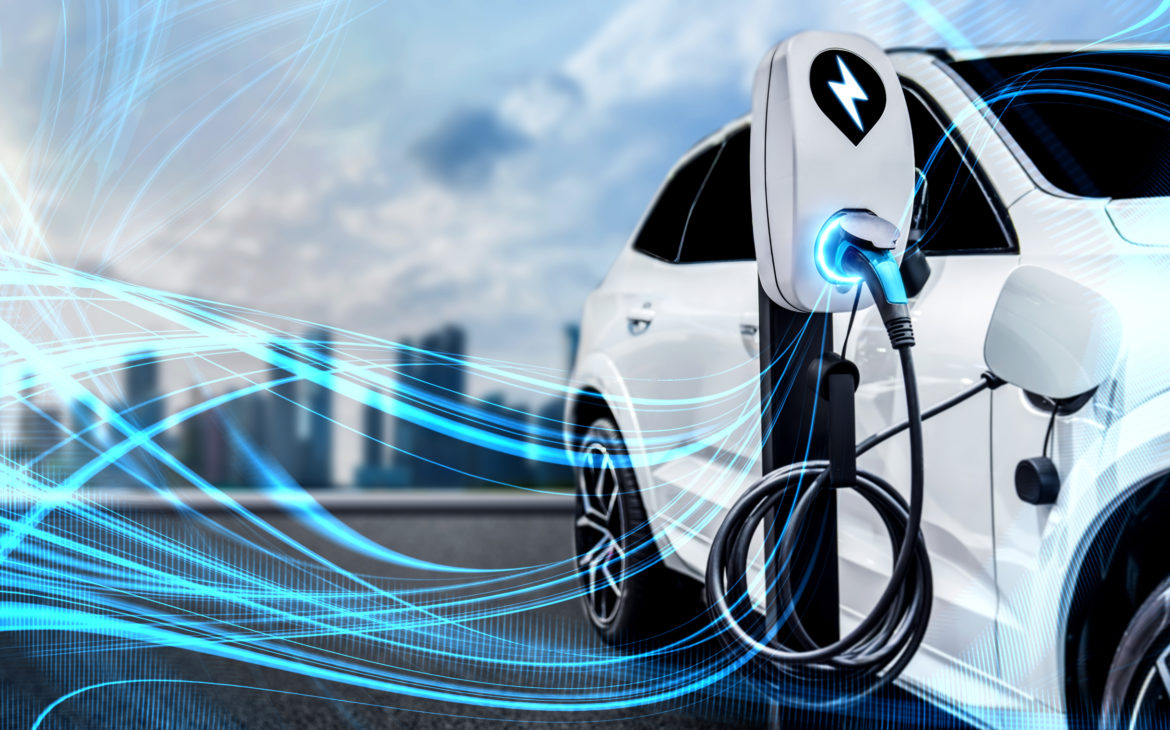Juniper Research thus estimates that, by 2026, in-vehicle payment transaction volumes will mark a monumental growth of over 5,300 percent, exceeding $4.7 billion. This is a modest volume in the context of global transactions, so we can conclude that users will continue using more traditional payment channels such as smartphones, but the development of many new channels shows that forms of payment are irreversibly changing and the era of paying bills at the bank or post office is long over. Of course, 5G will also contribute to the development of new payment models and speed of payments, enabling financial institutions to support innovative services.
Daimler auto company announced this week that it was working on the development of in-car payments in partnership with Visa. From spring 2022, Mercedes-Benz customers in the UK and Germany will be able to pay by using their car’s fingerprint sensors, with other European markets to follow soon. Purchases can then be made directly through the car’s head unit, or MBUX. The solution is anticipated to be available in other global markets at a later stage.
In-car commerce has become an integral aspect of the luxury customer experience. For example, Daimler Mobility’s global payment platform called Mercedes pay enables customers to buy goods and services directly in their vehicle, including Mercedes me services, as well as fueling and parking. The platform also allows multiple device pairing in and out of the car, which are then directly integrated with the consumer’s bank credentials. This significantly improves their overall payment experience as consumers no longer have to enter long card numbers to complete a purchase or switch between devices to authenticate payments. The solution will be used to initiate a two-factor authentication.
Still, experts say that most of these in-car payment transactions will cover refueling or recharging electric vehicles’ batteries, at least in the first five years of using the service. This marks a new stage of development for fuel payments, which have evolved from cash to card, then to smartphone payments, and now to vehicle payments.
Global mobility trends such as electric vehicles, car sharing, autonomous driving, and connected cars are increasing the demand for innovative ways of paying for goods and services within the vehicle itself, so we can expect brand new services very soon.
